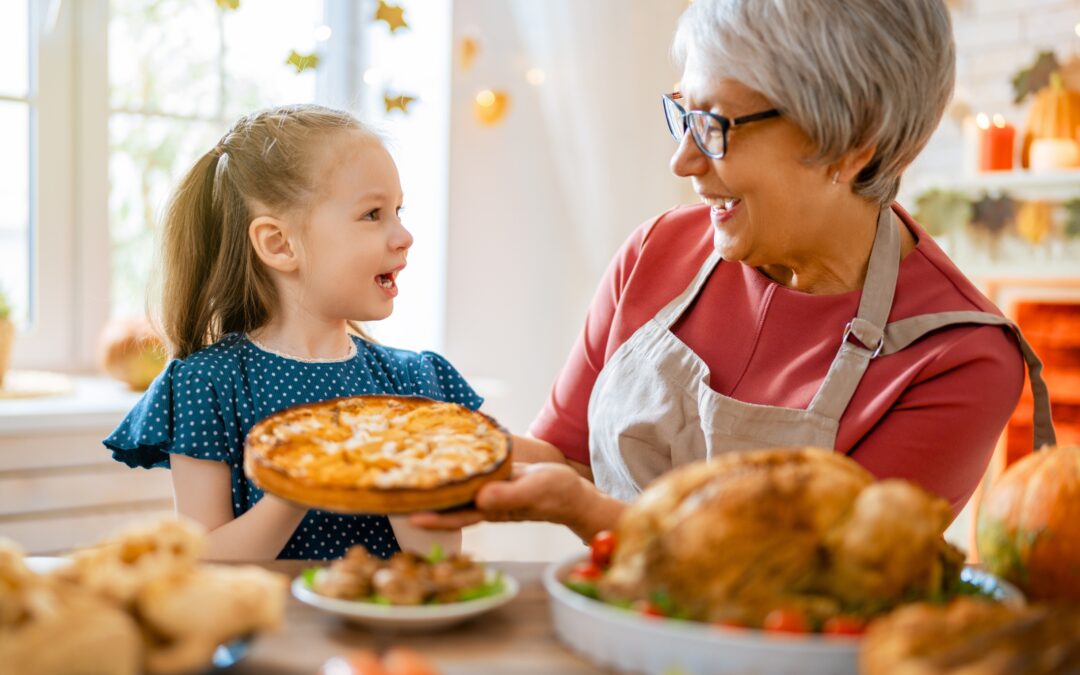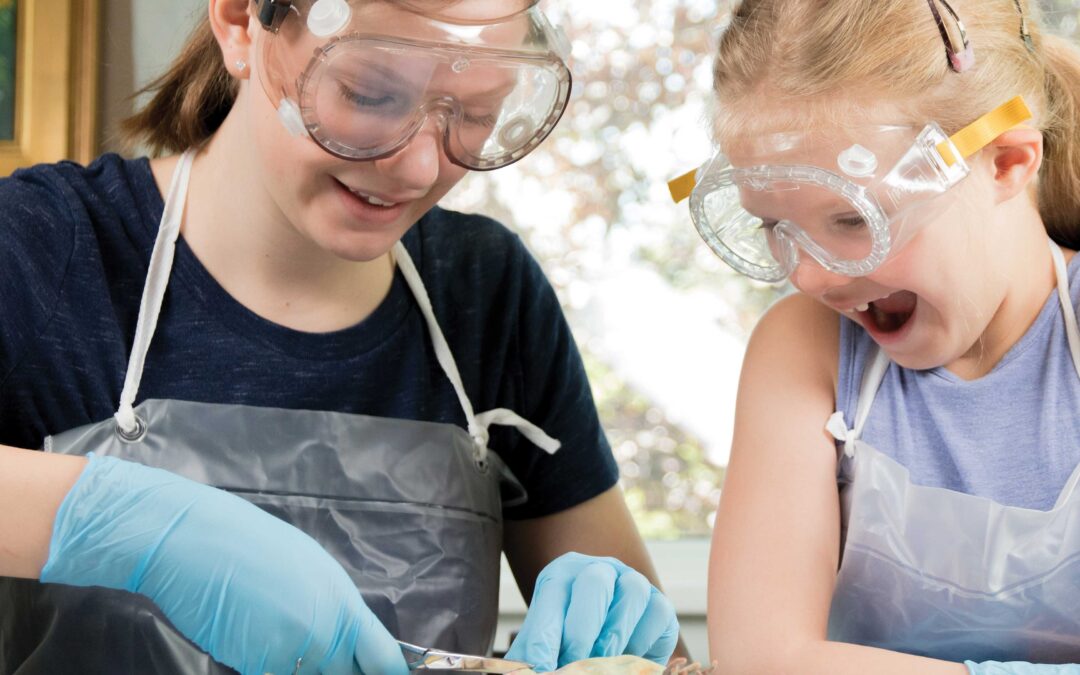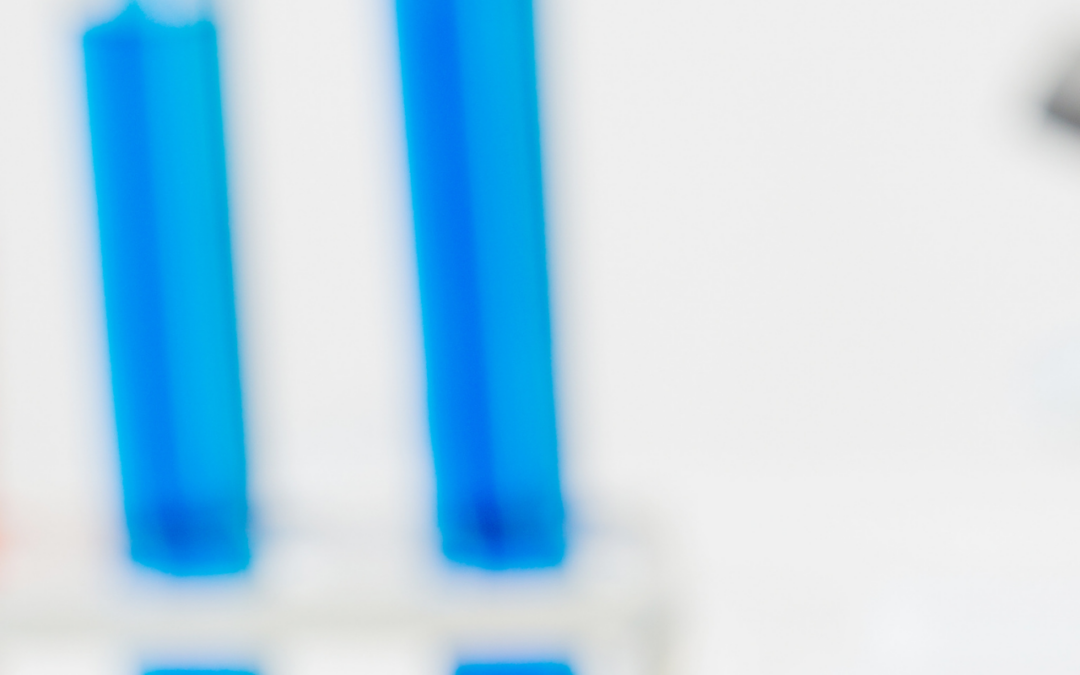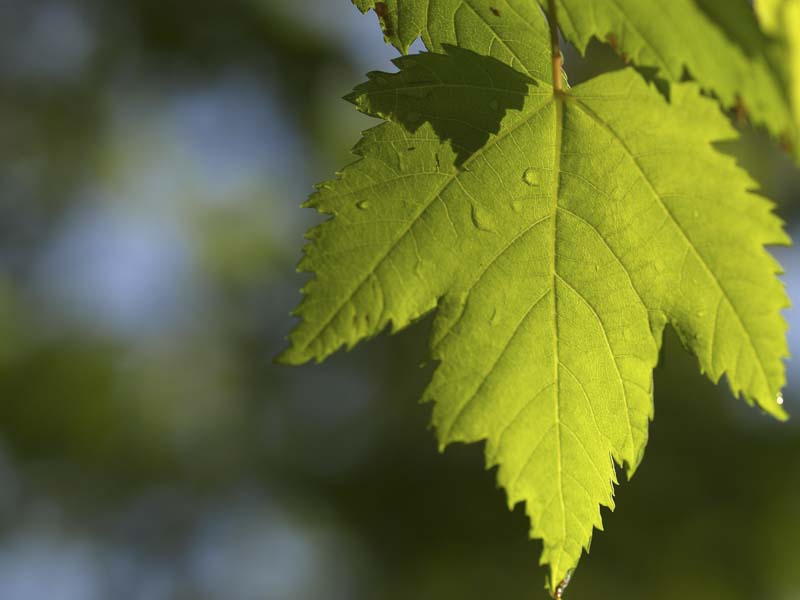Easy-to-grow Rochelle salt crystals are much larger than table salt and way more fun to look at! But these crystals also have important jobs to do: Rochelle salt has been used as a mild laxative, in the process of silvering mirrors, and for its piezoelectric properties. Grow your own Rochelle salt overnight using the simple solution in this chemistry project.
What You Need:
- 600 ml beaker
- 250 ml beaker
- Lab burner or alcohol lamp and stand
- Glass stir rod
- Funnel
- Filter paper or coffee filter
- 2 spatulas
- Potassium bitartrate (also known as cream of tartar)
- Sodium carbonate (also known as washing soda)
- Hot pad or oven mitts
What You Do:
1. Fill the 600 ml beaker to the first line (~25 ml) with water. Add 10 heaping scoops of potassium bitartrate one at a time, and stir.
2. Using the alcohol lamp, heat just until it boils, stirring constantly.
3. Use a hot pad and adult’s help to remove the beaker from heat and turn off the lamp.
4. Add heaping scoops of sodium carbonate, stirring in between. The solution will fizz. Repeat until no more bubbles form upon addition of sodium carbonate and the solution is clear.
5. With a hot pad and an adult’s help, pour the hot solution into the 250 ml beaker. Use a filter-paper-lined funnel. This step takes some time. If the solution begins to cool and crystals form and clog the filter paper, simply reheat the solution and pour again.
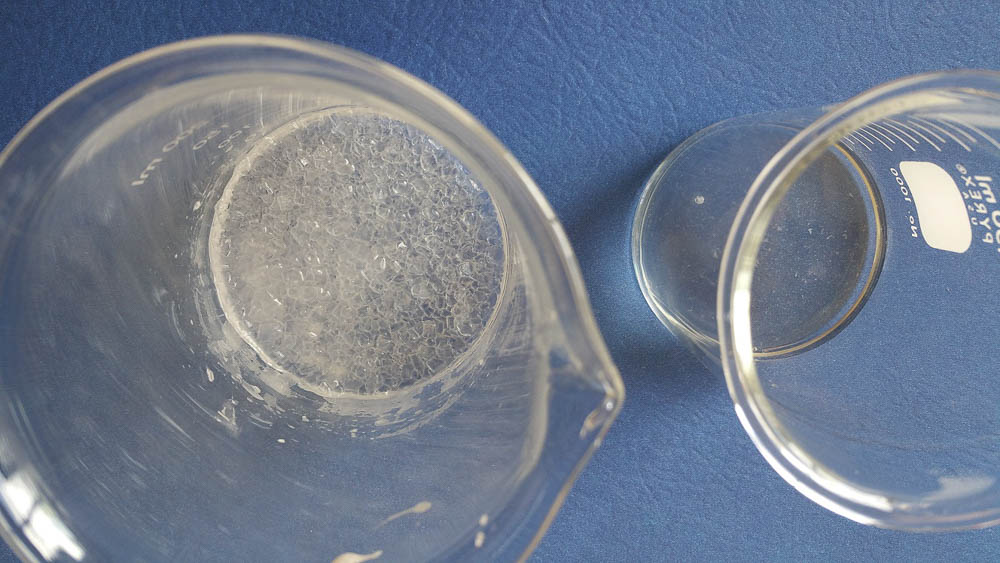
6. Place it in the refrigerator, uncovered. Within a few hours, crystalline Rochelle salt (potassium sodium tartrate) will have begun to form. Leave it overnight.
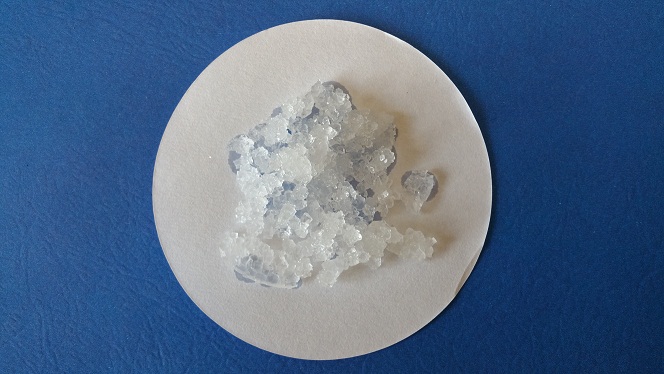
7. The next day, carefully pour off the remaining solution and use a spatula to transfer the Rochelle salt onto filter paper to dry so you can examine it.***
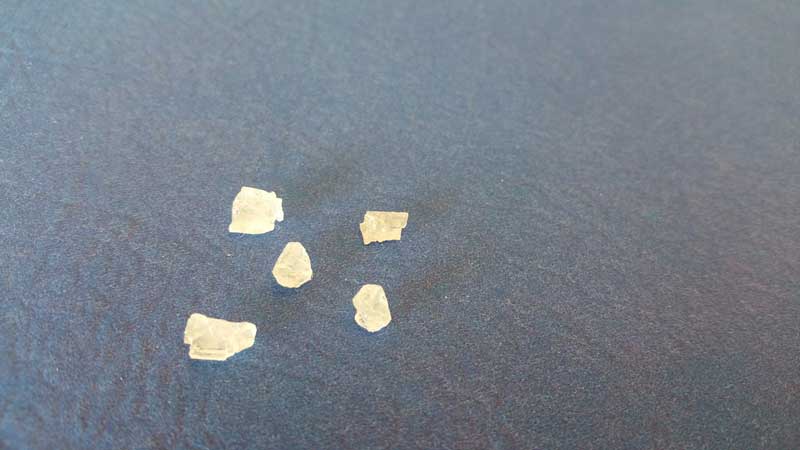
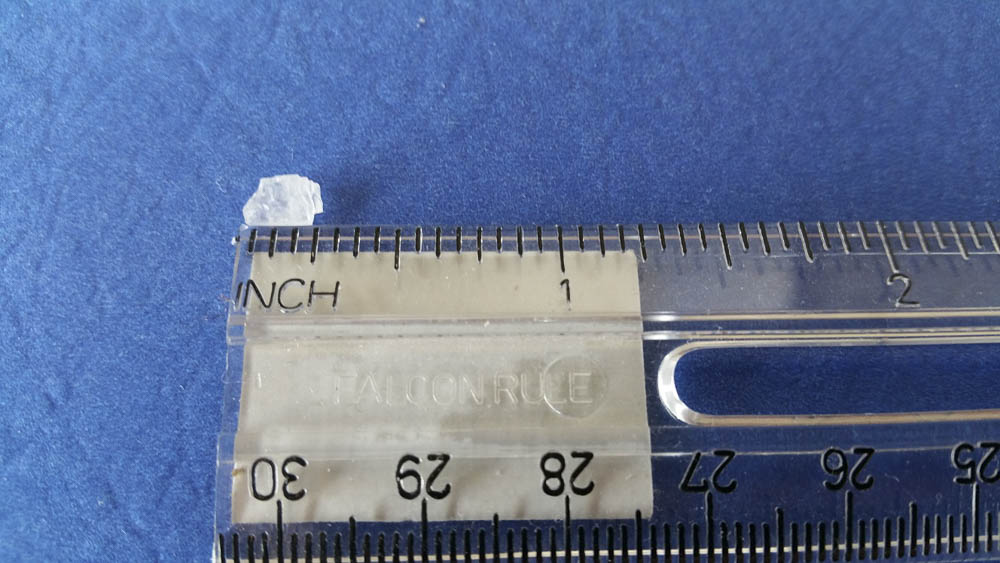
***If you want to experiment further, don’t discard the solution you pour off. Keep it in a clean dry beaker.
For further study, grow one large single Rochelle salt crystal that you can use to experiment with. After completing step 7 above, find your largest crystals. Important: use forceps or tweezers—not your fingers. Carefully knock off any tiny pieces of crystal growing off the large ones so that the remaining crystal is smooth. Being sure not to disturb the solution, gently lower the large crystals (seed crystals) into the beaker. Place it in the refrigerator and leave it undisturbed for a week or longer; the longer you leave it, the bigger your crystals will be! When you check it, you should find several very large Rochelle salt crystals! The crystals below were grown in about two weeks.
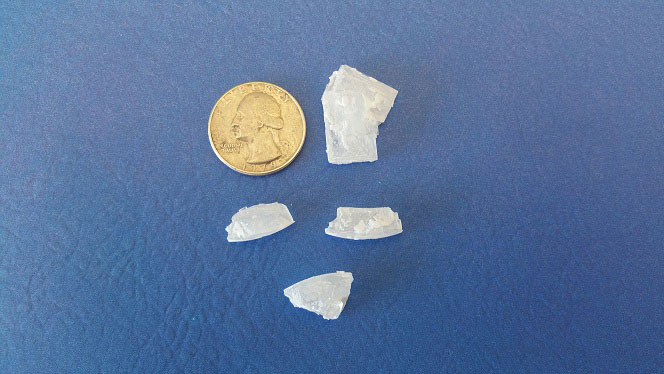
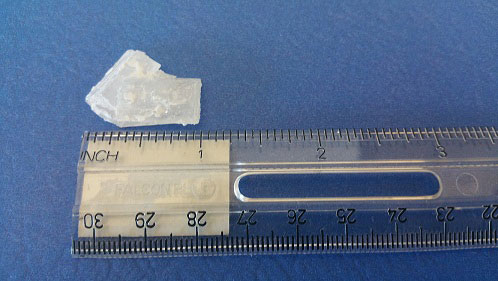
What Happened:
A crystal is a hard, solid substance made of molecules that bond together in specific patterns to form a shape with straight edges and flat surfaces. Not all crystals have the same shape or size. The site where a crystal begins to grow, called its nucleation site, determines its size: fewer nucleation sites mean larger crystals, and many nucleation sites produce smaller crystals. Here, you made Rochelle salt crystals, the potassium sodium tartrate that precipitated out from your saturated solution. The process of precipitation in chemistry refers to a solid forming or precipitating within a liquid solution. The most common type of precipitate found is crystallization.

